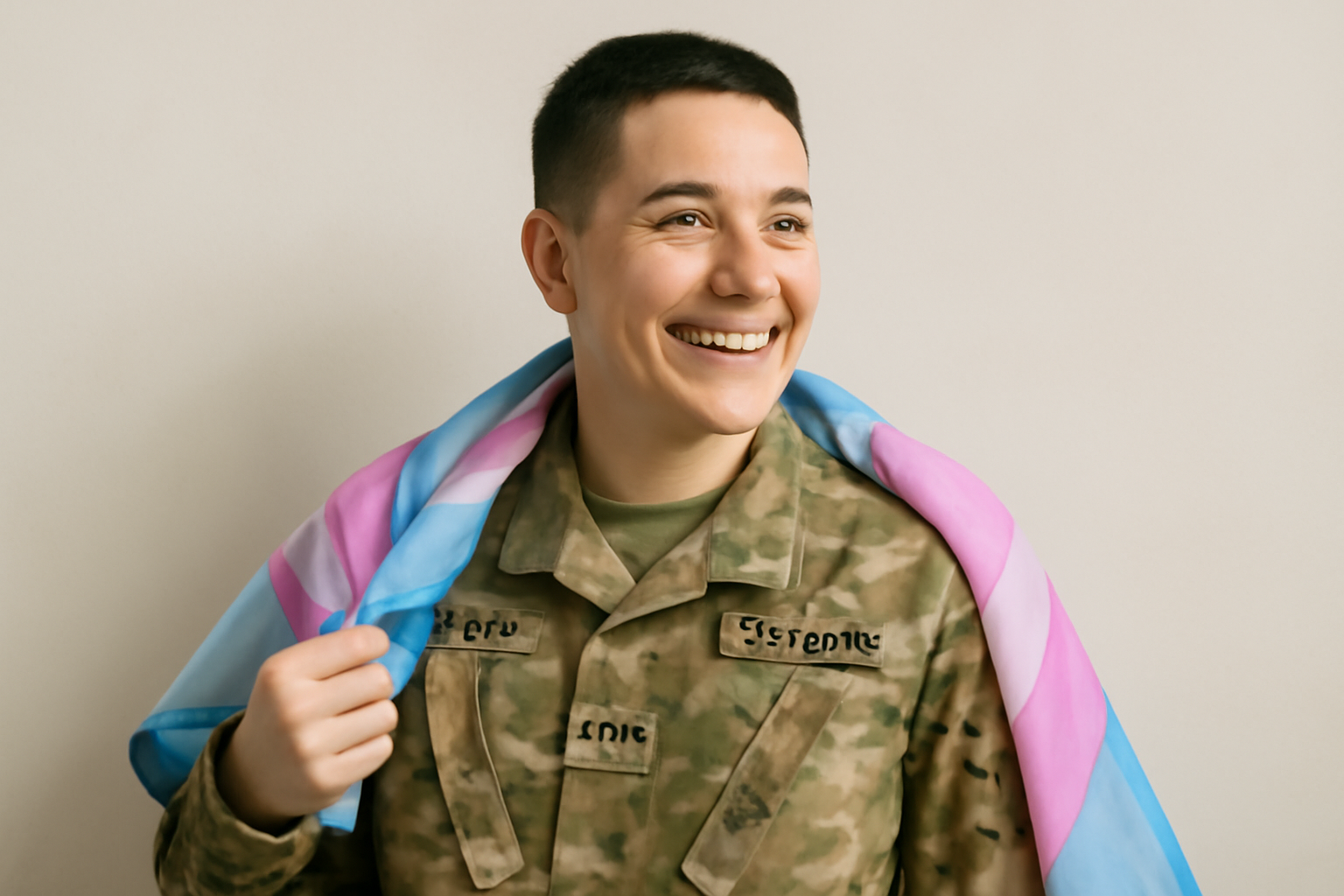
In recent years, the conversation around military service has increasingly focused on the rights of transgender individuals. The policy landscape has fluctuated, reflecting broader societal debates over inclusion and equality. Notably, the reinstatement of the right for transgender people to serve openly in the military marks a significant step forward for both the armed forces and the LGBTQ+ community.
A Tumultuous History
The journey towards full military inclusion for transgender individuals has been fraught with challenges. In the past, policies have shifted dramatically depending on the prevailing political climate. This inconsistency has created an environment of uncertainty and instability for transgender service members. Understanding this history is crucial for grasping the importance of current developments.
Historically, transgender individuals faced significant hurdles in pursuing military careers. Policies either explicitly barred their service or required them to serve in secrecy, concealing their gender identity under threat of discharge. These restrictions not only hindered the careers of countless capable individuals but also denied the military access to a diverse pool of talent.
Steps Forward and Backward
In 2016, a landmark policy was enacted that allowed transgender individuals to serve openly in the U.S. military. This change was celebrated by advocates of LGBTQ+ rights, who saw it as a monumental step toward equality. However, this policy was short-lived. In 2017, a new directive attempted to roll back these gains, once again barring transgender individuals from enlisting and serving openly.
The proposed ban was met with widespread criticism, sparking protests and legal challenges. Advocates argued that the ban was not only discriminatory but also detrimental to military readiness and cohesion. Numerous studies have shown that inclusive policies do not negatively impact military effectiveness. Instead, they foster an environment where all individuals can contribute fully, irrespective of gender identity.
Renewed Commitment to Inclusion
In a significant move, the policy was reversed once more, allowing transgender individuals to serve openly in the military. This decision underscores a renewed commitment to diversity and inclusion within the armed forces. It recognizes the valuable contributions that transgender individuals make to national defense and acknowledges their right to serve their country with dignity.
The reversal of the ban was welcomed by military leaders and LGBTQ+ advocates alike. It sends a clear message that discrimination has no place in the military, and that all individuals, regardless of gender identity, are valued for their skills and service.
Impact on Service Members
For many transgender individuals, the ability to serve openly is a validation of their identity and capabilities. It allows them to pursue their career goals without fear of retribution or discrimination. The policy change also provides much-needed stability, ensuring that service members can focus on their duties rather than worrying about the future of their careers.
Transgender service members have long demonstrated resilience, courage, and dedication, often serving in silence while facing unique challenges. The ability to serve openly allows them to bring their whole selves to their roles, enhancing personal satisfaction and team cohesion.
A Broader Movement for Equality
The restoration of inclusive policies is part of a broader movement toward equality and acceptance for transgender individuals across all sectors of society. It reflects a growing recognition of the importance of diversity and the need to challenge systemic discrimination wherever it exists.
As society continues to evolve, it is essential to support policies that promote equality and fairness. The inclusion of transgender individuals in the military serves as a powerful example of what can be achieved when barriers are removed and people are judged based on their abilities rather than their identities.
In conclusion, the ability for transgender individuals to serve openly in the military represents a victory for equality and human rights. It is a testament to the tireless efforts of advocates and allies who have fought for this change. As the military welcomes back its transgender service members, it also takes an important step toward becoming a more inclusive and representative institution.
Related Posts
Triumphant Trans Woman Wins Legal Battle and Inspires Others to Stand Up for Their Rights
Breaking new ground: a landmark victory in transgender rights After battling in courtrooms and enduring endless challenges, Diana Portillo, a transgender woman, has secured a monumental victory in her decade-long fight against workplace discrimination. The result? Nearly $1 million awarded in a historic settlement. But this isn't just a win on paper—it represents a powerful precedent in combati [...]
Pride Month in Latin America: Protests and Demands for Equality
**Celebrating Pride and advocating LGBTQ+ rights in Latin America** Pride Month in Latin America was a lively mix where celebration met activism. Communities united, not just throwing a party but making a stand—demanding equality and pushing governments toward better protection and rights recognition. Throughout Latin America, pride events erupted in marches and cultural displays, each with a c [...]
Transgender Erasure Actions Implemented by National Park Service
```html Trump administration's impact on national park service and transgender recognition The Trump administration made notable moves in undermining transgender representation, which included directing agencies like National Park Service not include "T" and "Q" when they refered “LGBTQ” in any official communication. This move seems part a broader plan by this administration aimed at reducin [...]